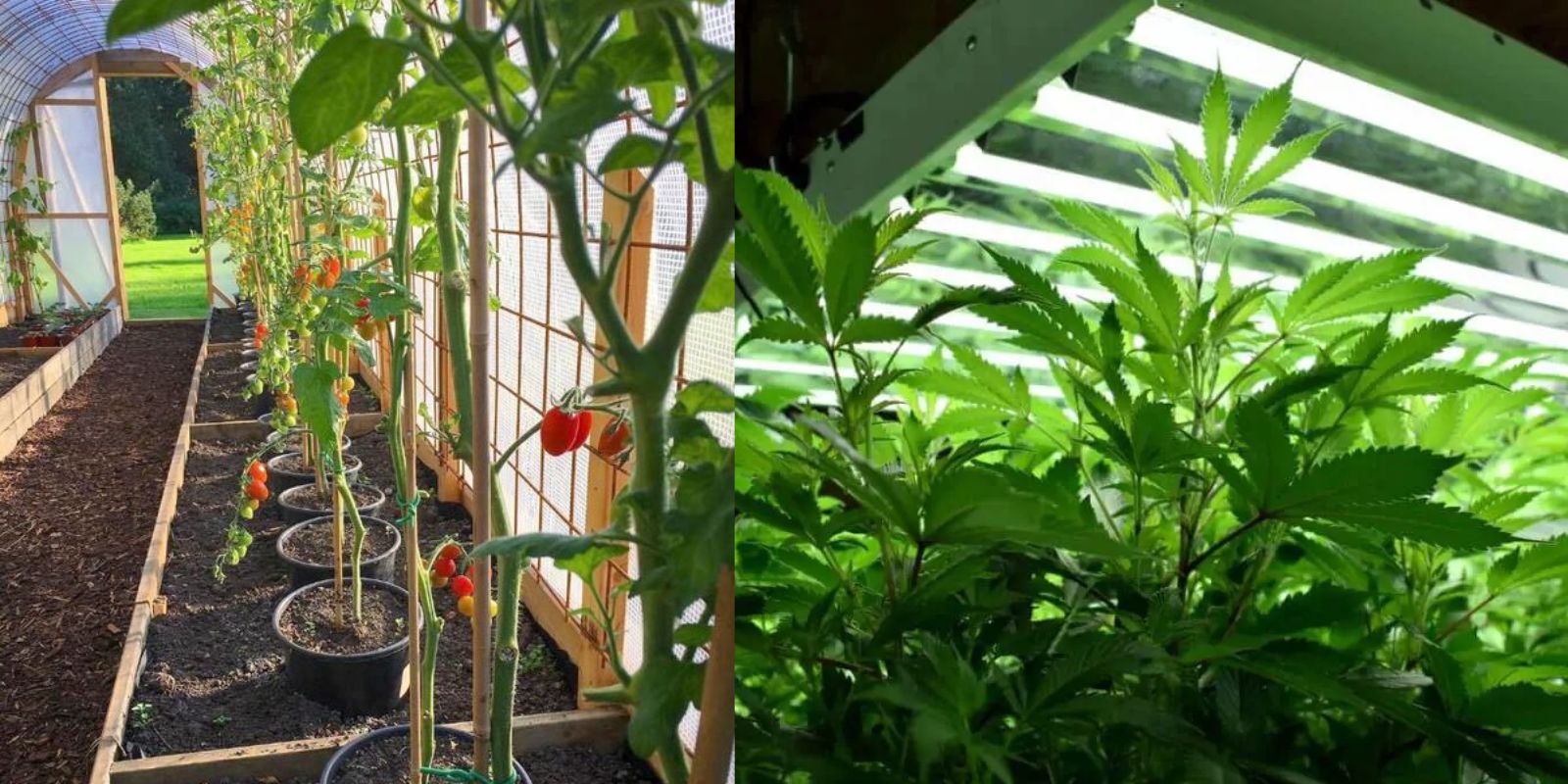Maintaining the ideal environment for plants in a grow box is essential for maximizing growth and ensuring a bountiful harvest. One crucial aspect of this environment is humidity. Proper humidity levels can make the difference between lush, vibrant plants and struggling, unhealthy ones. If you’ve noticed that your plants are not performing as well as you’d hoped, or if you want to optimize their growing conditions, increasing the humidity in your grow box might be the solution. In this article, we’ll explore effective methods for raising humidity levels and creating an optimal growing environment.
Introduction
Humidity plays a significant role in plant health, particularly in enclosed environments like grow boxes. High humidity helps plants with respiration and nutrient uptake, supports vigorous growth, and minimizes stress. Without adequate humidity, plants can suffer from issues such as leaf curl, dry spots, and slowed growth. Understanding how to increase and regulate humidity can lead to healthier plants and better yields. Here’s a comprehensive guide on how to boost humidity in your grow box, ensuring a thriving indoor garden.
Why Humidity Matters
Before diving into methods for increasing humidity, it’s important to understand why it’s crucial for plant health:
**1. *Plant Respiration:* Plants transpire moisture through their leaves, and high humidity helps them maintain this process without excessive water loss.
**2. *Nutrient Uptake:* Humidity affects how well plants absorb water and nutrients from the soil. Inadequate humidity can impair this uptake.
**3. *Growth Rate:* Plants grow faster and more robustly in environments with appropriate humidity levels.
**4. *Prevention of Pests and Diseases:* Proper humidity helps prevent issues like powdery mildew and spider mites, which thrive in dry conditions.
Steps to Increase Humidity in Your Grow Box
**1. *Use a Humidifier*
Description: A humidifier is one of the most effective tools for increasing humidity levels in a grow box. These devices release moisture into the air, creating a more humid environment.
How to Use:
- Select the Right Size: Choose a humidifier that suits the size of your grow box. Compact models are ideal for small spaces, while larger units are better for bigger setups.
- Adjust Settings: Set the humidifier to the desired humidity level, typically between 50% and 70% for most plants.
- Maintain Cleanliness: Regularly clean the humidifier to prevent mold and bacteria buildup.
**2. *Regular Misting*
Description: Misting your plants is a simple and direct way to increase humidity. This method involves spraying water onto the plant leaves and surrounding air.
How to Use:
- Frequency: Mist plants once or twice a day, or as needed based on the humidity level.
- Water Quality: Use distilled or rainwater to avoid mineral buildup.
- Technique: Spray a fine mist over the plants, focusing on the undersides of leaves where moisture is most needed.
**3. *Water Trays*
Description: Water trays are shallow containers filled with water that can increase humidity as the water evaporates into the air.
How to Use:
- Placement: Position water trays around the grow box, ensuring they are near plants but not directly under them.
- Size and Number: Use multiple trays if necessary to cover the area and achieve the desired humidity level.
- Refill Regularly: Check the trays daily and refill them as needed to maintain consistent humidity.
**4. *Group Plants Together*
Description: Plants release moisture into the air through transpiration. By grouping plants closely together, you can create a microenvironment with higher humidity.
How to Use:
- Arrangement: Arrange your plants so they are close to each other, allowing their combined moisture to raise the humidity around them.
- Spacing: Avoid overcrowding, which can lead to poor air circulation and increased risk of disease.
**5. *Monitor Humidity Levels*
Description: Keeping track of the humidity levels in your grow box is essential for ensuring optimal conditions for plant growth.
How to Use:
- Hygrometer: Use a hygrometer to measure and monitor the humidity levels. Digital hygrometers are more accurate and easier to read.
- Adjust as Needed: Based on the readings, adjust your humidity-raising methods to maintain the ideal level.
Additional Tips for Managing Humidity
**1. *Ventilation:*
- Proper ventilation is crucial for managing humidity levels and ensuring good air circulation. Use fans or ventilation systems to prevent excess moisture buildup.
**2. *Insulation:*
- Insulating your grow box can help maintain consistent humidity levels by reducing fluctuations in temperature and moisture.
**3. *Humidity Control Devices:*
- Consider investing in a humidity controller that can automatically regulate the humidity level in your grow box.
**4. *Environmental Conditions:*
- Ensure that the grow box is not located in a drafty area or near a heat source, as this can affect humidity levels.
**5. *Plant Selection:*
- Choose plants that thrive in higher humidity if you’re consistently struggling to maintain adequate moisture levels.
Conclusion
Increasing humidity in a grow box is essential for maintaining a healthy and productive indoor garden. By utilizing methods such as humidifiers, misting, water trays, grouping plants, and monitoring humidity levels, you can create an optimal environment for your plants. With the right approach, you’ll foster better growth, prevent common issues, and enjoy a thriving garden all year round.
Embrace these strategies to boost humidity and elevate your indoor gardening experience. Happy growing!
Motivation Sentence:
🌱 Ready to transform your grow box into a thriving oasis? Boost humidity with these essential tips and watch your plants flourish! 🌟💧 #GrowBoxSuccess #IndoorGarden #PlantCare #HumidityBoost #GreenThumb #HealthyPlants #GardeningHacks #GrowYourOwnFood #PlantLovers #IndoorGardening

